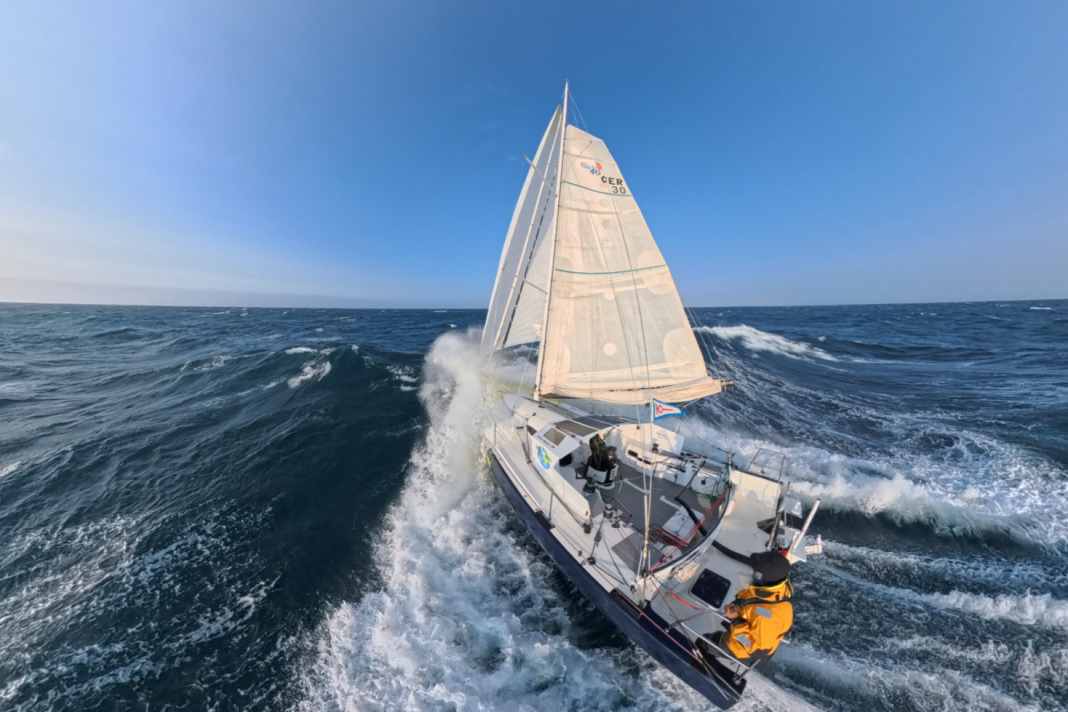



Mr Manthos, the Round Iceland Challenge was the first big test for you and your boat. What is your verdict?
I had already sailed several single-handed races last year, but the 3,000+ nautical miles around Iceland was my first big single-handed offshore experience. Despite the often tough conditions, everything went very well. I found a few little things that still need to be improved, but overall I am very satisfied. What's more, there has only ever been one record for a double-handed team on the course. The bar has now been set at 16 days, 12 hours and 14 minutes for solo circumnavigations.
Unpredictable weather conditions
How difficult is it for others to break your record?
It's difficult to say, especially on such a route where the low pressure systems are unpredictable. You can only predict the weather at short notice. I think I was lucky. You need favourable weather conditions on this route.
What was it like for you?
I was a bit unlucky at first. I had a lot of wind against me all the way to Iceland. That naturally limited my speed. On the way back, I caught the back of a depression that was quite stationary over the Faroe Islands. I sailed southwards for two days in fantastic conditions and with a strong wind. There were also gusts of up to 40 to 45 knots.
The boat was able to really show what it can do.
So, are you satisfied?
Definitely. But the boat is really demanding. I wore a helmet for days on end during the first week. You can imagine what it's like to sleep in such conditions.
At this point, you will find external content that complements the article. You can display and hide it with a click.
Successful qualification
You were the only participant in the race. How did that come about?
Three participants were originally registered, but the other two had to cancel at short notice due to technical problems. This changed little for me. It was important for me to sail the race in order to qualify for the World Star Race 2026. At the same time, it was also the perfect test for the boat.
What are they taking with them for the race around the world?
I realised how much work is still needed to prepare the boat in the best possible way. As far as sailing is concerned, I'm not worried. The potential to break the world record is also there in terms of speed.
More about Nicolas Manthos:
Participation in the Fastnet race
What happens now?
The to-do list is extensive. At the top of the list is the overhaul of the electronics, followed by the renewal of the standing rigging and the purchase of new sails. The fittings also need to be sealed and the deck needs a fresh coat of anti-slip paint. Another highlight this year will be the Fastnet Race in July, with over 400 boats already registered. This race will be the opposite of what I have experienced so far.
